
#5 in my ranking of the Showa Era Godzilla films.
Jun Fukuda returns to the Godzilla franchise for the final time, and he puts forward his best effort and one of the best of the franchise. He doesn’t elevate the material, but he does bring together the basic elements into an entertaining and complete package that goes in some small new directions while still basically sticking to formula. We have our pint-sized human characters running around trying to solve problems that affect the outcome of the giant monster smashes going on around it. The monster action is surprisingly decent. It’s a fun and undemanding time at the movies.
The new vein of aesthetics that is interesting in the film is a sudden decision to rely on stuff that seems to reflect more ancient forms of Japanese culture. It starts at an Azumi temple in Okinawa. I can’t remember the last time any of these Godzilla films touched anything older than the modern, but it’s a nice change from the more angular and science-fiction approach that the series had settled into for so long. I mean, there are still aliens and a giant robot version of Godzilla, but actually showing some different aspects of Japanese life is nice.

Anyway, the film starts when an Azumi priestess has a vision of destruction which leads up to Masahiko (Kazuya Aoyama), who is building some kind of festival or something (not important, never comes up again) on the island and discovers an interesting little lion statue. Together with an archeology student, Saeko (Reiko Tajima), they take it to his uncle, the archeology professor Dr. Miyajima (Akihiko Hirata), who translates the ancient script on the base as a prophecy of two giant monsters fighting off a great evil when the sun rises in the west.

That prophecy begins to come true when Godzilla emerges and begins wrecking havoc again. I say again because Godzilla had become the savior of mankind and the Earth, no matter mankind’s sins, over the past decade or so rather than the monstrous deliverer of disaster that he started as. The people of Japan in these films had grown to see him as a great positive. Godzilla ripping through a city has become unusual, and Anguirus reacting poorly to the event is even more evidence of things going wrong. Well, the mystery doesn’t last long with another Godzilla showing up, tearing up at the first one until revealing that it’s a metal beast with a Godzilla suit over top.

The Godzilla films break down into two main parts: the human plotting and the monster smashes. The human plotting here is about investigating the mysterious metal that Mechagodzilla is made of (ugh…space titanium) and who is behind it. Of course, it’s aliens, and they know that the only thing that can stand between them and total world domination is the prophecy, so they expend a lot of effort to steal the little lion statue while the humans try to figure out where the aliens are based and how the statue is supposed to work. It has no real character-based ambitions, and it works decently well. There are a lot of characters, though, and they end up feeling largely interchangeable. They are cogs in the machine of the plot, and little more.

The monster action that ends the film is big and brash and…pretty much completely original (I think there are some shots of tanks that have been re-used repeatedly since War of the Gargantuas, at least, thrown in there, but nothing like what was reused in Godzilla vs. Megalon). There are dramatic highs and lows, the new monster in the form of King Caesar, the lion awoken in a mountain (the grand move of placing the tiny statue on top of a pillar is unintentionally comedic the way it’s filmed), and lots of punching.
Is it great cinema? Not in the least. But, you know what? I found it perfectly competent within the small box that it operates. This is a straightforward application of the building blocks of a Japanese kaiju film where the humans have some effect on the monster action while not really being much to speak of themselves. The monster smashes are good and have the advantage of feeling a bit different, especially with the King Caesar element. So, it provides new flavor to well-trod ground while executing things in good form. It’s about as good as this series can get without a complete rethink about what it’s supposed to be.
Originally posted here


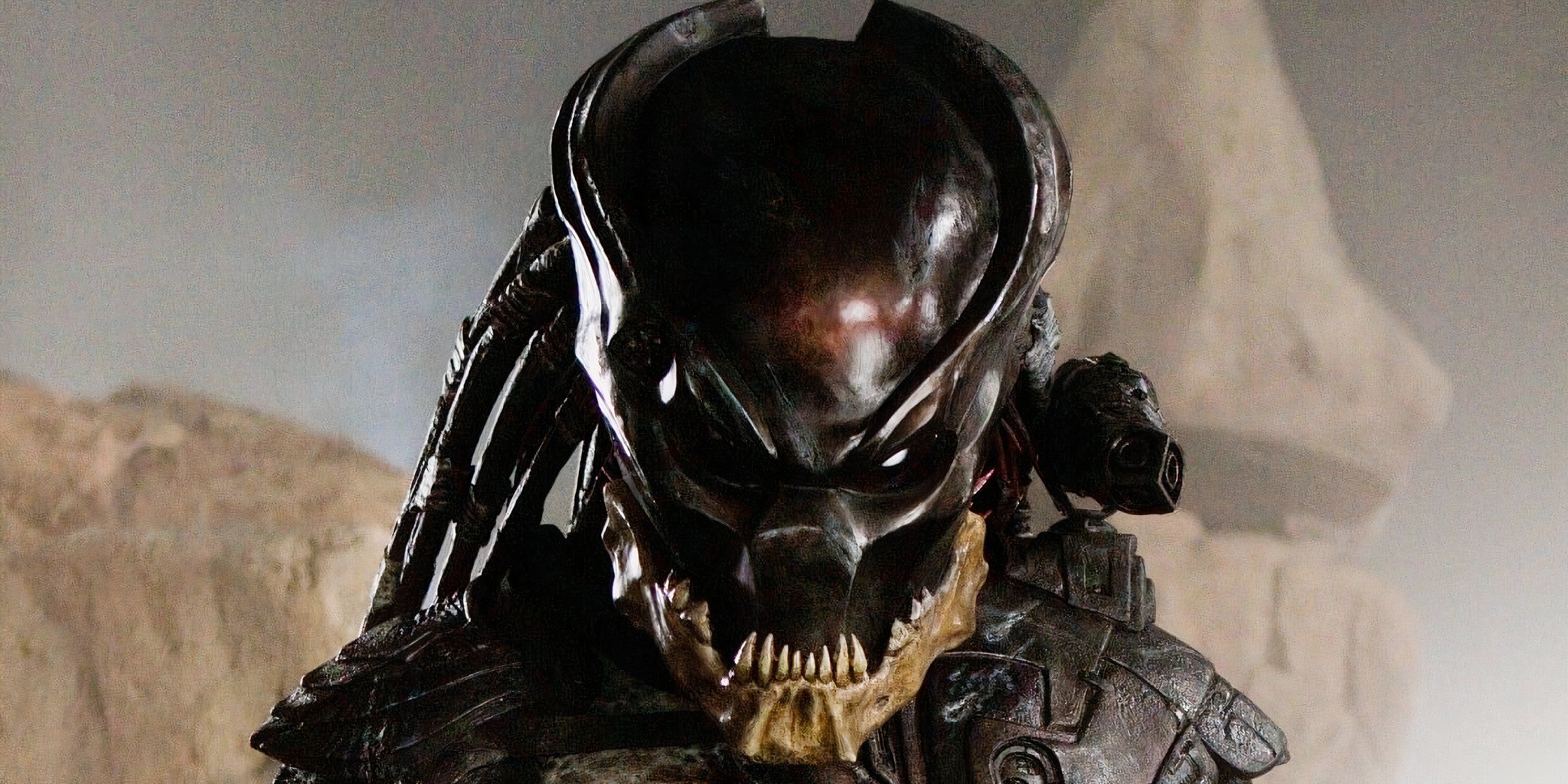




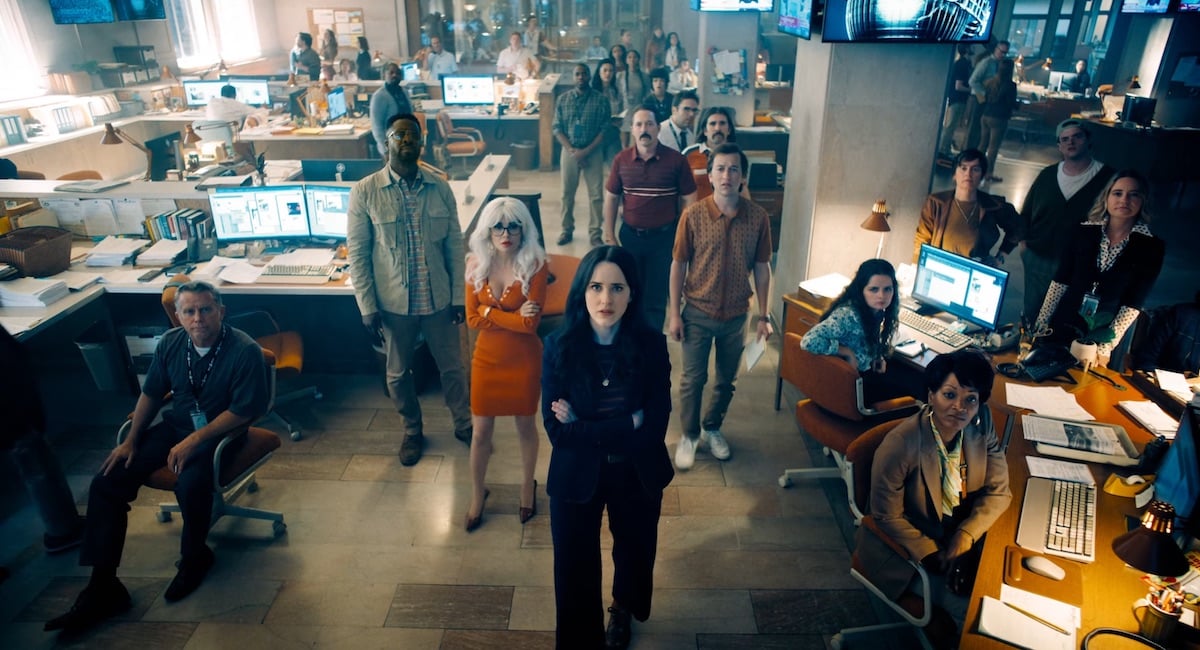


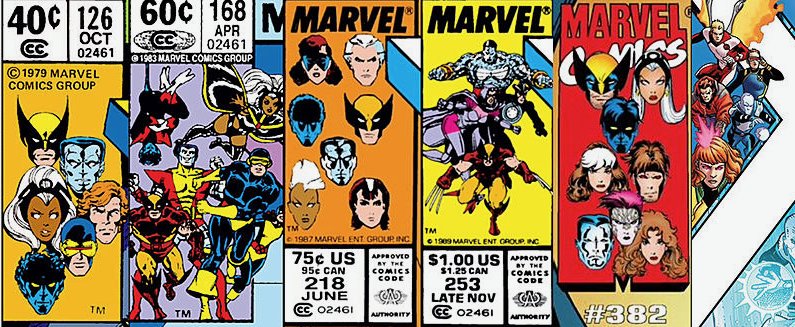
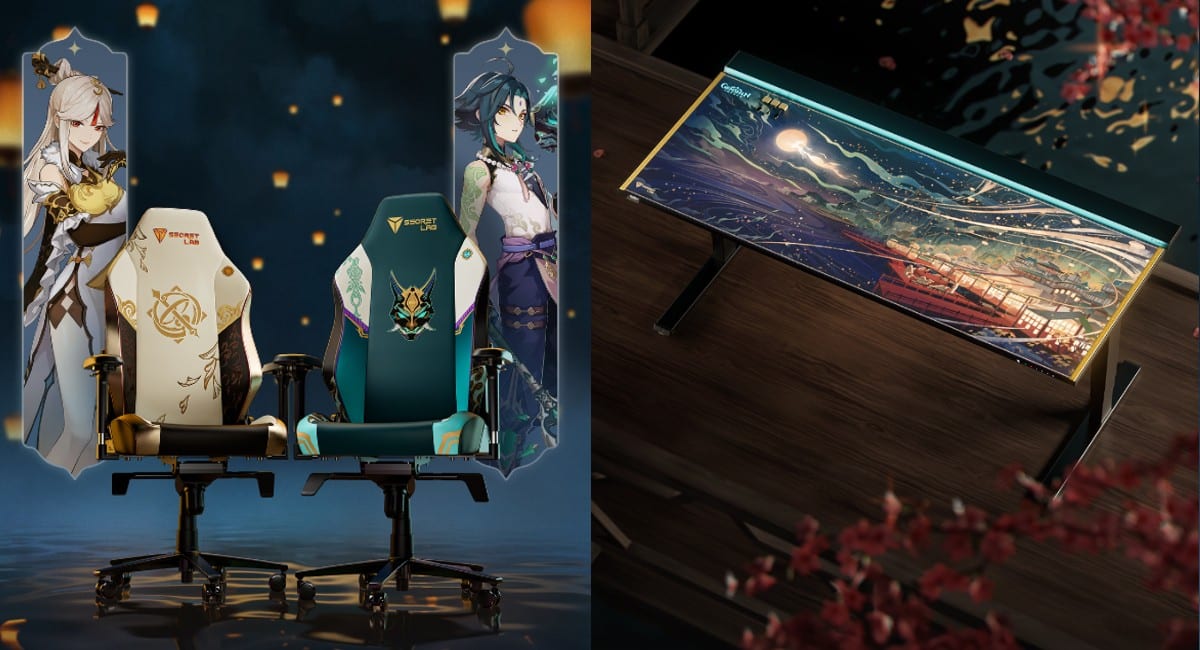

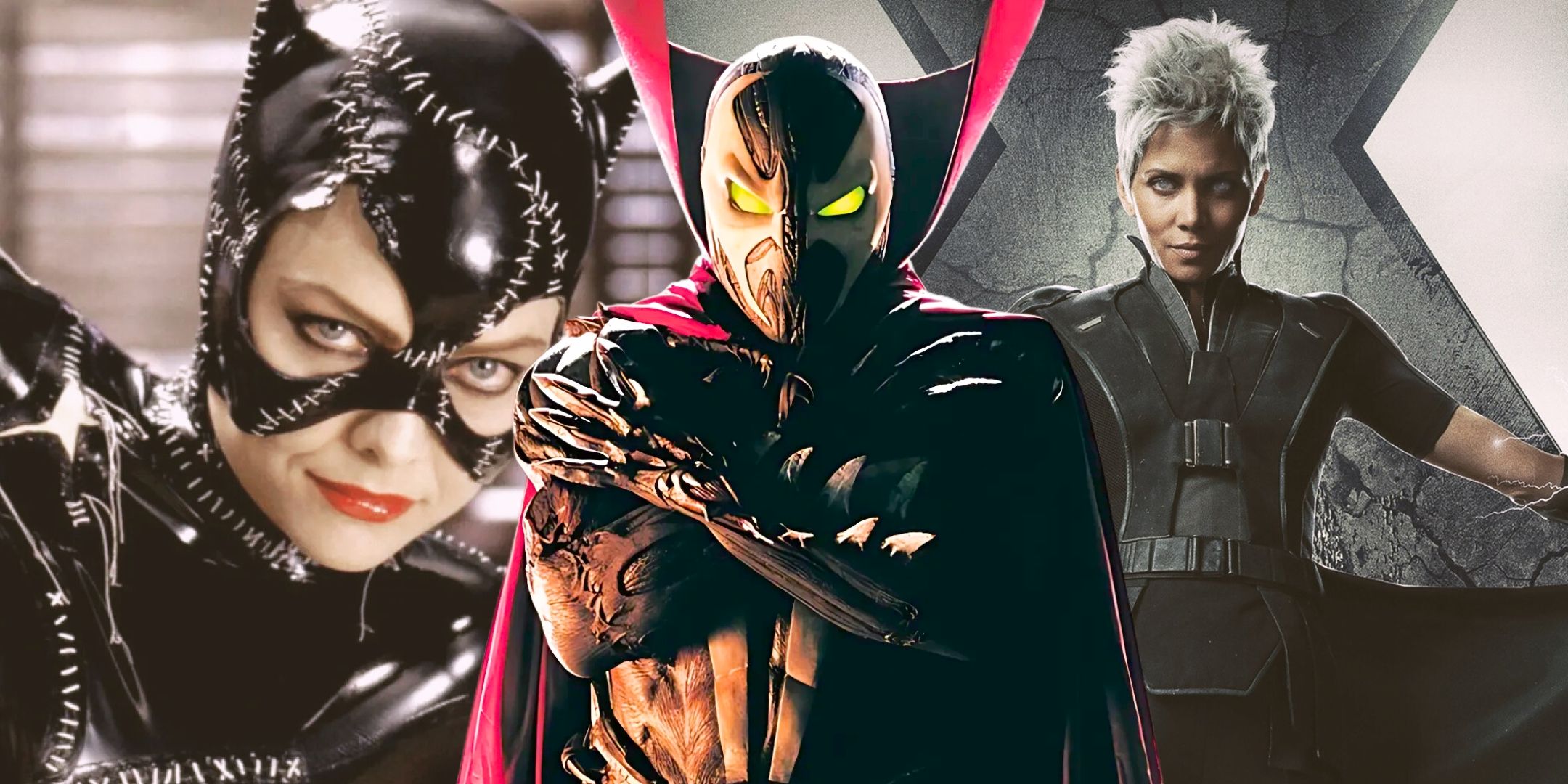

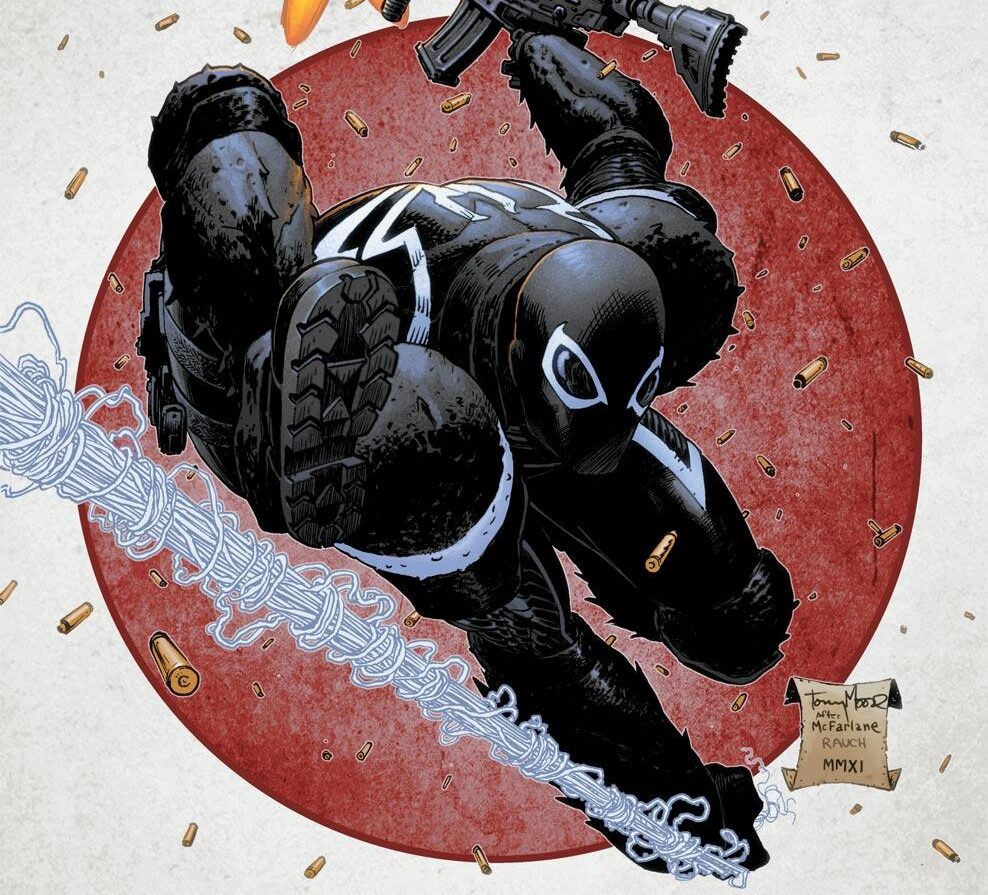
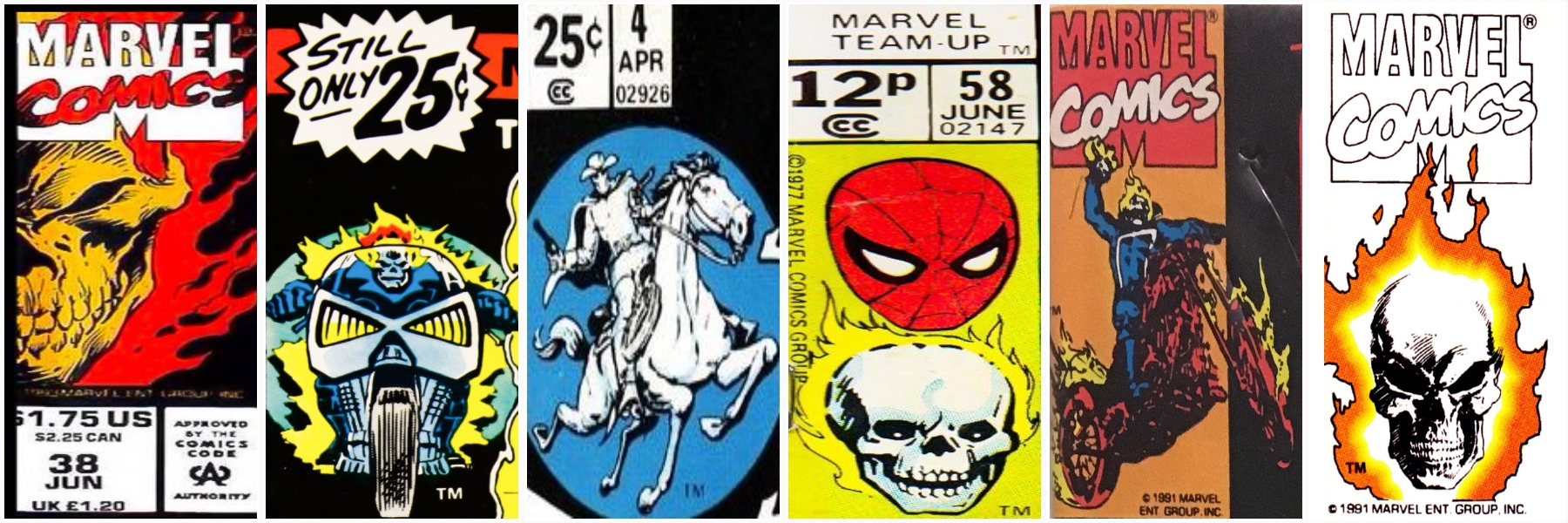

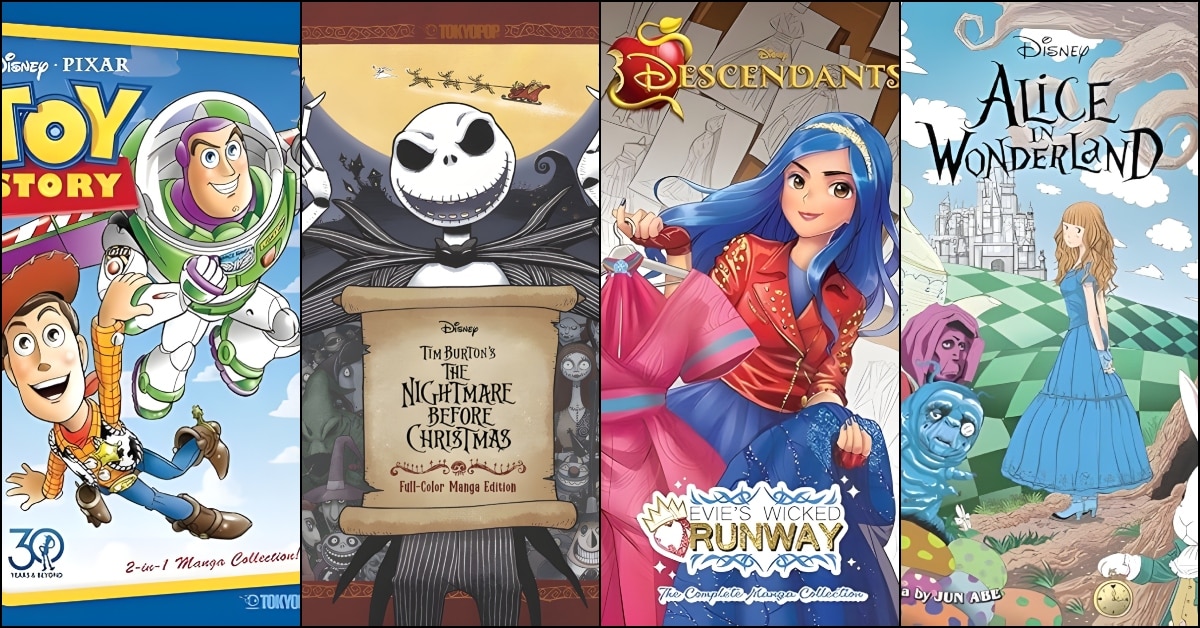
 English (US) ·
English (US) ·